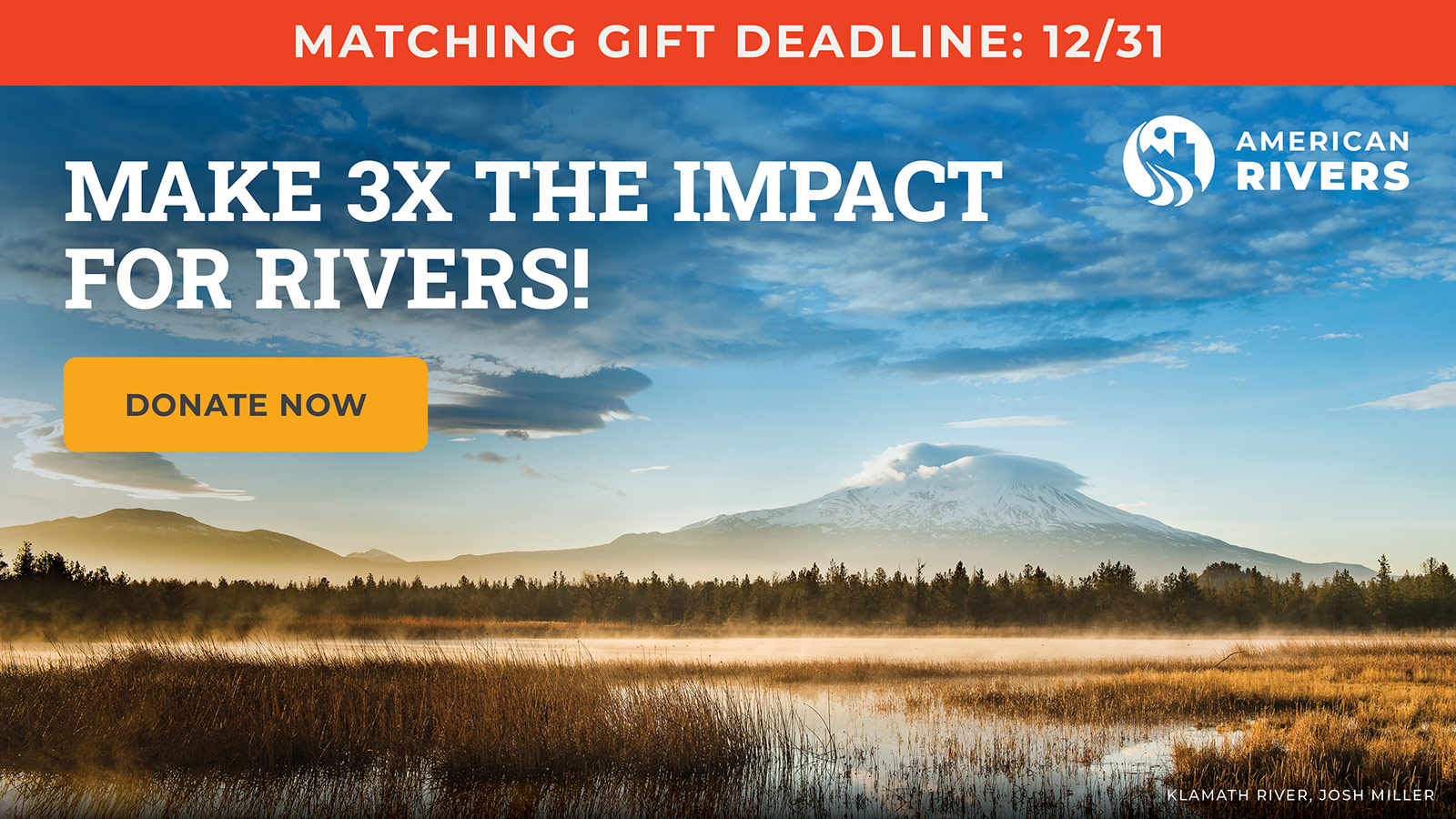Lake Mead shortage declaration avoided
August 17, 2016
Contact:
Today, the US Bureau of Reclamation decided against a shortage declaration on the Colorado River, based on water elevations in Nevada’s Lake Mead. While our nation’s largest man-made reservoir has hovered below the critical 1,075-foot elevation level for weeks, the forecast for increased water level in the lake provides some assurance that lake levels can be stabilized and managed appropriately. For now.
A shortage declaration would have mandated that Arizona begin planning for significant reductions in water use, with potentially devastating impact to the Grand Canyon state’s vast agricultural industry and a domino effect of shortages felt by every resident in the southwestern United States.
Though the official shortage declaration has been avoided, there still is a very real need to implement water conservation solutions to stabilize the Colorado River system and provide some degree of certainty and sustainability for the $1.4 trillion-dollar economy and more than 35 million citizens who depend on it. Five-year projections from the agency indicate a high probability of shortage in 2018 and beyond if significant changes to water use and management aren’t implemented
With sustained and prolonged drought across the southwest and chronic overuse and withdrawals from the river, it is clear that this situation is not merely an anomaly. It is a “new normal” that must be expected, planned for, and acted upon in order to preserve the health of the Colorado River and the agricultural, recreational, and economic future of the region.
“For the second year in a row, we have escaped a crisis in the Southwest by the Bureau of Reclamation’s determination that a shortage declaration is not necessary,” said Matt Rice, Colorado Basin Director for American Rivers. “However, with persistent drought plaguing the Southwest and dramatic overuse of the Colorado River, it is urgent that we begin implementing solutions to stabilize Lake Mead and Lake Powell. The solutions to this situation are known, we simply need to commit to their implementation and get to work. And we need to do so right now.”
Effective solutions exist to address the problems facing the Colorado River, including: full implementation of the innovative Colorado Water Plan; agricultural and urban conservation and reuse programs; improved water sharing between cities and farms; and a steady transition to renewable energy generation. Encouraging steps to implement of these strategies in Tucson and the Imperial Valley of California provide evidence that success is possible, even as disasters such as the shrinking Salton Sea highlight the magnitude of the challenge. With thoughtful planning, funding, and vigorous implementation, there is still time to avert the crisis and secure the water future of the Southwest. But we should not wait for the inevitable shortage declaration and the crisis it will trigger. The time to act is now.
About American Rivers
American Rivers protects wild rivers, restores damaged rivers, and conserves clean water for people and nature. Since 1973, American Rivers has protected and restored more than 150,000 miles of rivers through advocacy efforts, on-the-ground projects, and an annual America’s Most Endangered Rivers® campaign. Headquartered in Washington, DC, American Rivers has offices across the country and more than 250,000 members, supporters, and volunteers.
Rivers connect us to each other, nature, and future generations. Find your connections at AmericanRivers.org, Facebook.com/AmericanRivers, and Twitter.com/AmericanRivers.


